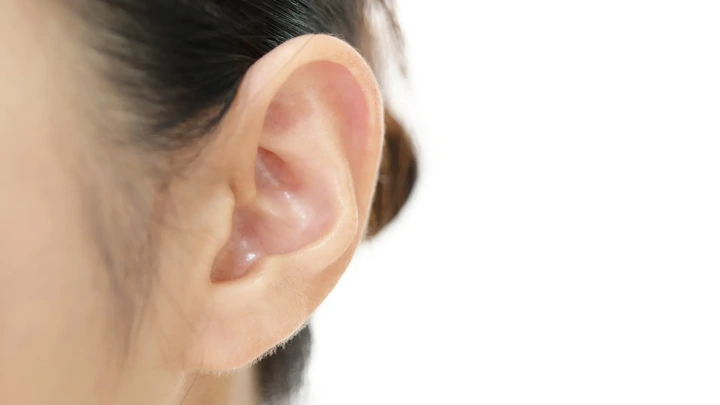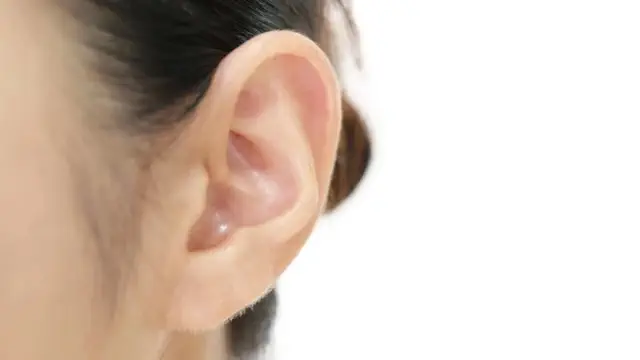After a comprehensive examination by her doctors, a tick was discovered embedded in the skin of her left ear canal.

View pictures in App save up to 80% data.
A woman experienced unexpected ear pain, hearing difficulties, and dizziness, which were later revealed to be caused by a troubling issue: a tick infestation within her ear canal.
The 21-year-old, from Dharan, Nepal, had been experiencing "piercing" pain in her right ear, coupled with progressive hearing loss, vertigo, nausea and tinnitus, or ringing in the ear. These symptoms came on suddenly about a week prior to her examination, her doctors said in a case report published Jan. 7 in the Journal of Medical Case Reports.
While examining the patient, doctors at the B.P. Koirala Institute of Health Sciences in Dharan observed congestion and inflammation in the right ear canal. Additionally, tests indicated a "severe-to-profound" level of hearing loss in that ear, implying that the nerves responsible for sound detection were not functioning correctly.
Upon further investigation, the examiners discovered a foreign object embedded in the skin of the woman's inner ear — it was identified as a deceased tick.
"The authors of the study emphasized that this situation highlights the critical need for timely clinical evaluation and intervention in instances of ear tick infestations. They noted that these infestations can result in serious complications, such as irreversible hearing loss and facial paralysis, due to the presence of toxins in tick saliva that can harm nerve tissues."
The team said the pain that the patient experienced was likely caused not by the tick itself but as a result of an enzyme in the pest's saliva that triggers inflammation. This inflammation can lead to a condition known as acute labyrinthitis — an infection of the inner ear that can affect balance and cause nausea and tinnitus, according to the British Medical Journal.
Employing a suction device and forceps, the medical team carefully removed the deceased tick from the woman's ear. They also provided her with anti-inflammatory medication. A month following the procedure, all of the woman's symptoms had completely subsided.
Image 1 of 2

View pictures in App save up to 80% data.
Although uncommon, tick infestations in the ear can pose significant health risks.
"Ticks release neurotoxins inhibiting acetylcholine," a chemical messenger involved in muscle control," the doctors wrote. Messing with acetylcholine can potentially induce respiratory distress or paralysis..
In general, ticks can spread a range of diseases, including Lyme disease and the potentially fatal Powassan virus. The U.S. Centers for Disease Control and Prevention recommends taking the following precautions to protect yourself from getting bitten in areas where ticks live:
- Avoid wooded and brushy areas with high grass and leaf litter, especially with exposed skin.
- Treat clothing and gear with the insecticide permethrin and Environmental Protection Agency (EPA)-registered insect repellents like DEET.
- Cover your skin with light-colored clothing and tuck your pants into your socks when walking in areas where ticks might be present.
Following any outdoor activities in tick-prone areas, it's important to inspect both yourself and your pets for ticks. The CDC also recommends putting your clothes in the dryer on a high heat setting before washing them, and taking a shower shortly after returning indoors.
Once on a person's body, ticks often head for warm places like the groin, armpit or hair on the head. While it is rare to find ticks around the ear area, it is not unheard of. In 2019, a 9-year-old boy in Connecticut developed a buzzing in his ear after a tick became lodged in his ear drum, according to a case report published in The New England Journal of Medicine.
This article is intended solely for informational use and should not be considered a substitute for professional medical advice.










